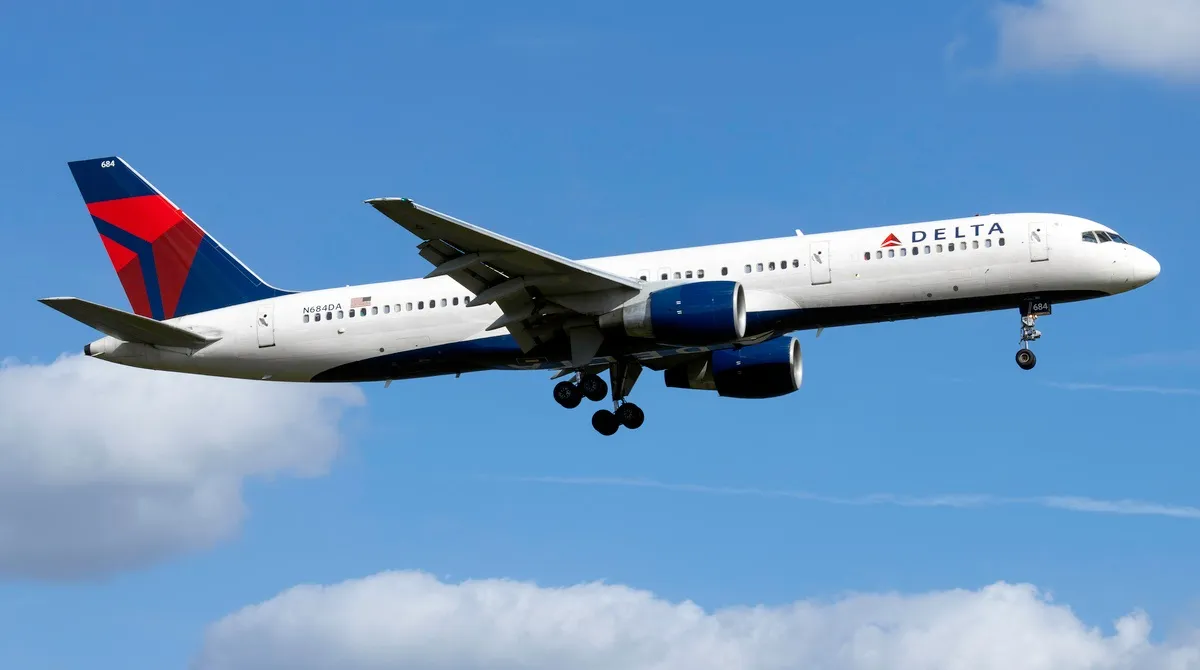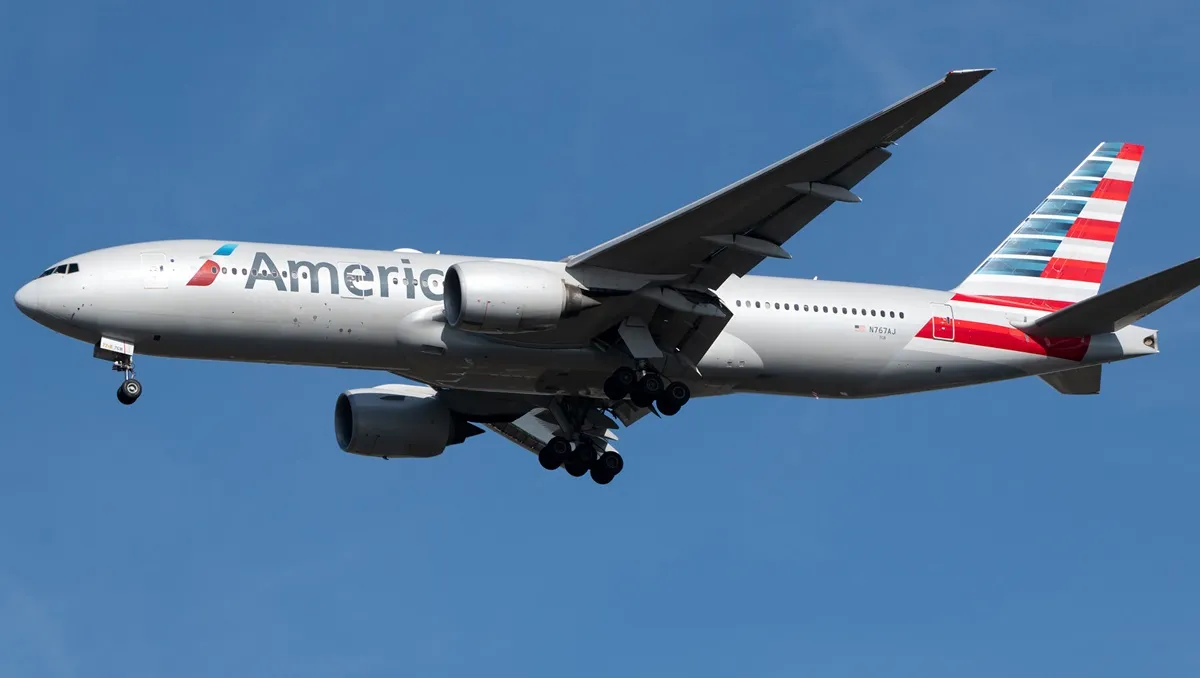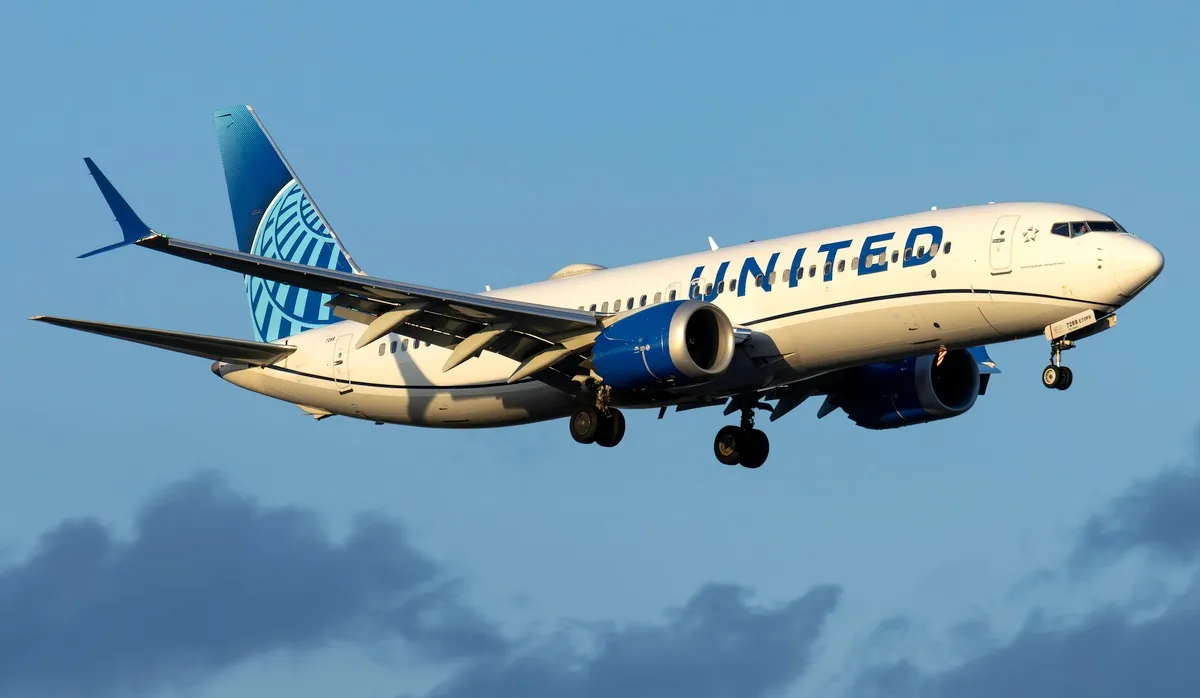
Alaska Airlines, just a little over a year from its headline acquisition of Hawaiian Airlines, could be on the verge of making another major move.
According to reports from ch-aviation, a Japan Airlines executive has noted that the carrier is looking at the potential introduction of the Alaska Air Group to the airline's Pacific joint venture with American Airlines.
This joint venture allows American Airlines and Japan Airlines to collaborate on offering flights across the Pacific, helping to leverage the strongest elements of both carriers' networks.
Joint ventures are commonly used by airlines as a way to generate additional revenue through network synergies. Some of the most notable joint ventures exist across the North Atlantic, and they primarily help support business travelers.
Carriers that create joint ventures are typically (but not always) with airlines with which they share an alliance, and they are often seen as a way of doubling down on an alliance relationship.
A deeper look at the potential addition to the joint venture
The Senior Vice President for Route Marketing at the Japanese carrier, Ross Leggett, indicated that the airline plans to expand its joint venture.
He did, however, stop short of indicating that Alaska Airlines would certainly be joining the joint venture, offering the following semi-ambiguous statement to Japanese digital aviation outlet Traicy:
"There are obviously challenges. [I hope we can get to] the stage where we can make a solid announcement."
The difficulty involved in bringing Alaska Airlines into the joint venture likely stems from the fact that American and Alaska compete on several routes within the United States that Japan Airlines passengers could potentially connect to.
As a result, the joint venture partners will need to evaluate how revenue will ultimately be shared by passengers on these routes.
The existing joint venture agreement between Japan Airlines and American Airlines dates back to 2011.
The partnership covers 16 different routes between Japan and the United States, with 10 of these services operated by Japan Airlines and six operated by American Airlines.
The partnership extends to several intra-Asian routes (although not either carrier's India routes) and domestic services within Japan and the United States.
Both carriers, and the potential new members of this agreement, Alaska Airlines, are all members of the global oneworld alliance.
Alaska Airlines already codeshares with Japan Airlines
It is important to note that there is already an existing codeshare agreement between Japan Airlines and Alaska Airlines.
While the airline is less involved with Japan Airlines currently, Alaska Airlines could benefit from expanding its collaboration with the Asian carrier.
Currently, the airline offers codesharing on flights between Japan and the US West Coast, as well as on some domestic routes within Japan operated by the Japanese carrier.
Last year, the United States Department of Justice approved the Alaska Air Group's acquisition of Hawaiian Airlines, meaning that the network of the Hawaii-based carrier would also be included in this expanded point venture.
Japan Airlines also has an existing codeshare agreement with Hawaiian Airlines, and Hawaii is routinely an extremely popular destination for Japanese tourists.
It is also important to note that any expansion of a joint venture agreement would require approval from both American and Japanese regulators.
What could the Alaska Air Group get out of the joint venture?
The Alaska Air Group, which now owns Hawaiian Airlines following an acquisition last year, offers a diverse network of flights for Japan Airlines passengers to connect onto, and further collaboration could help both continue to raise revenues.
Furthermore, the airline has continued to evaluate ways to continue building out its global presence, and international collaboration could help the carrier support passengers looking for long-haul services, especially as the carrier does not operate a long-haul network of its own.
It is important to note that there are some serious risks that the carrier will need to mitigate. For starters, the airline will need to carefully navigate its relationship with American Airlines.
The two carriers have a unique relationship, as they are currently the only two major US-based carriers that share alliance membership.



